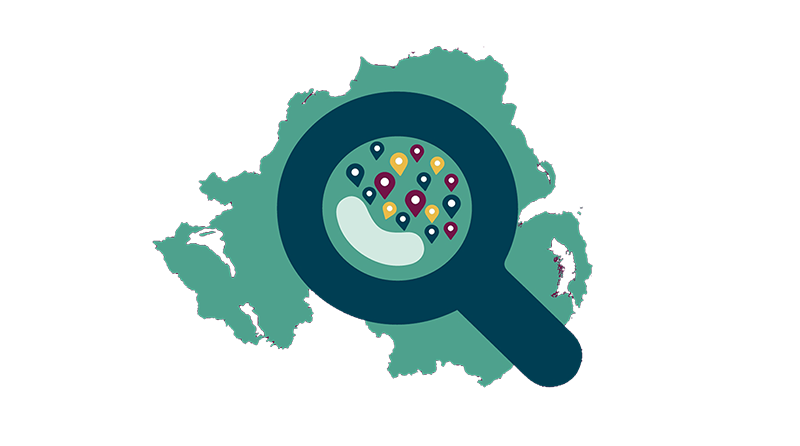Reviewed By Cara Swanston - Registered Member MBACP Adv. Dip.
Breathwork for Relaxation
08 February 2023
Catherine Wells, Occupational Therapist, show us how to use your breath to initiate a relaxation response in the body.

Catherine Wells
Occupational Therapist
1. Breathe in and out through your nose.
If this feels too challenging, begin with in through the nose and out through the mouth.
2. Lengthen your exhale breath.
To do this, you will need to slow it down. A great way to help you do this is to count while you breathe. Ensure your breath out is longer than your breath in. Maybe you begin with your exhale just one second longer than your inhale, then increase exhale length from there as you feel comfortable. Don’t force it.
3. Breathe into the belly.
When you inhale imagine breathing into the deepest part of your belly. Really use the diaphragm and imagine it moving down so the belly inflates. When you exhale, notice that sense of release as the diaphragm moves back up and the belly deflates.
Along with lots of other benefits each one of these breathing tips send signals to our brain letting it know that we are safe and ready to rest.
The relaxation response in the body will be initiated.
4. Try This For Between 5-20 Minutes.
The longer you engage, the bigger the potential shift in state.
Most importantly, do not let breath practice become stressful- that defeats the purpose. Like anything else, breathwork is a practice. When you try and make shifts to how you breathe it may feel strange to begin as you are used to breathing a different way. Work within the limits you and your body feel comfortable with. If this means trying one of these principles at a time- then do that.
Always listen to YOUR body and let that be your guide.
Get Inspired Further
Anxiety Orient to Safety
A user Joined the Conversation by asking for a practice that helps reduce anxiety. Catherine Wells, Occupational Therapist suggests giving Orienting a go.
Happiness Screen Free Bedtime Bliss
We are so attached to our devices, to feel connected, to stay up to date and to distract ourselves. Find 10 bedtime rituals to replace screen time and aid sleep, reduce anxiety and increase happiness.
Walking Meditation
We often think of meditation as somebody sitting serenely cross legged, but you can engage in meditation through activities too.



